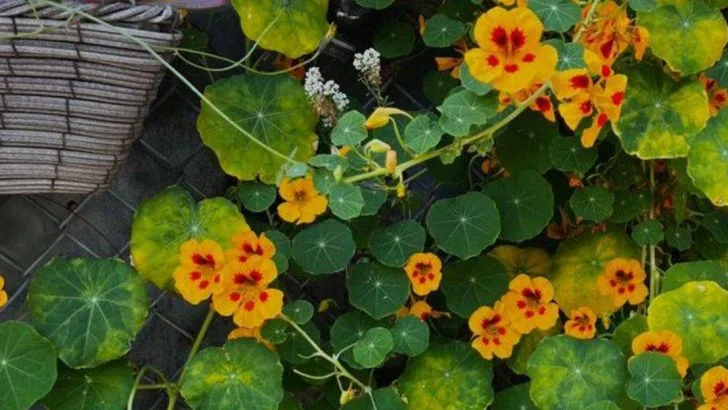A thriving garden depends on a delicate balance—welcoming pollinators while keeping pests at bay. Fortunately, some flowers have mastered this trick, attracting bees, butterflies, and other beneficial insects, while naturally deterring harmful pests.
These 12 flowers act as both food sources and protectors, supporting your garden’s health and productivity without relying on chemicals. Their vibrant blooms draw in pollinators that boost fruit and seed production, while their scents and textures keep unwanted visitors away.
In this article, discover 12 flowers that feed pollinators and keep pests away—perfect for gardeners who want a beautiful, balanced, and thriving outdoor space.
Lavender
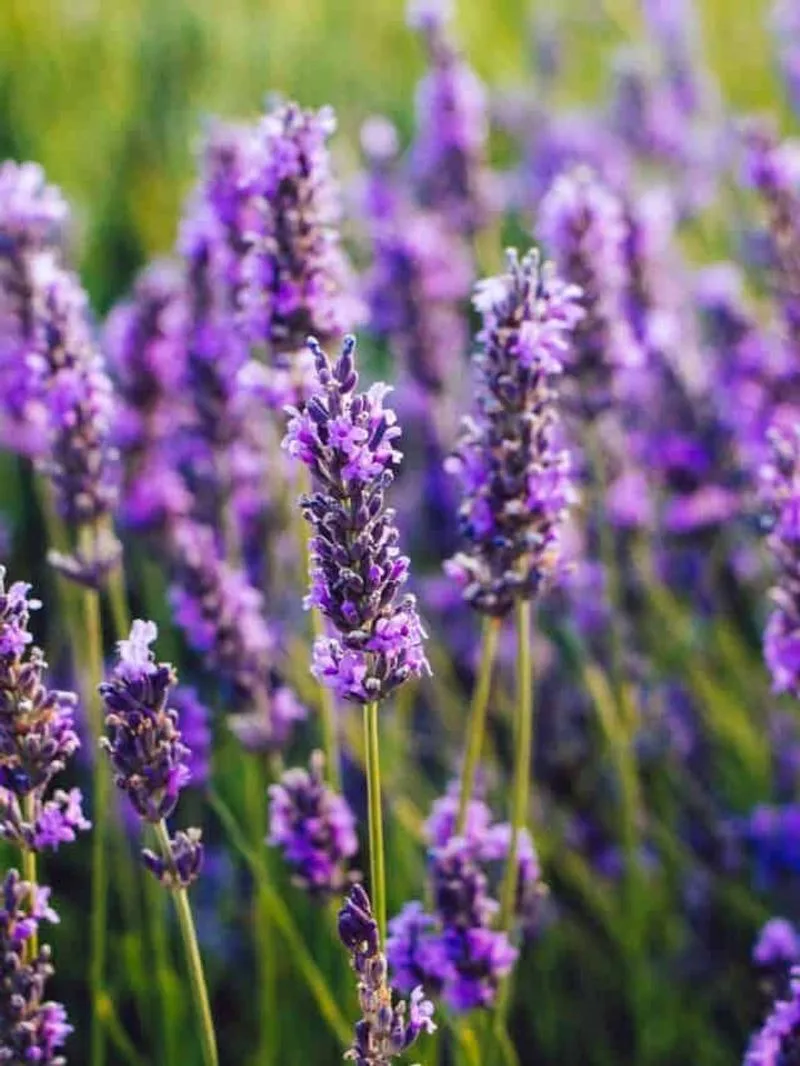
Lavender’s aromatic allure not only captivates humans but also attracts pollinators like bees and butterflies. Its fragrant purple blooms are a staple in gardens worldwide. This hardy perennial thrives in sunlight and well-drained soil, making it a low-maintenance option. Interestingly, its strong scent repels pests such as mosquitoes and moths, making it a garden favorite. The dual benefit of attracting beneficial insects while deterring unwanted ones makes lavender an essential addition. Historically, lavender has been used in aromatherapy for its calming effects. Its versatility and charm continue to make it a beloved garden plant.
Marigold

Bursting with vibrant hues, marigolds are more than just a pretty face. Their pungent scent is known to repel nematodes and many other garden pests. At the same time, beneficial pollinators find these flowers irresistible. Planting marigolds among vegetables can protect crops from harmful insects. These annuals are easy to grow, even for those new to gardening. Originating from the Americas, their rich history includes use in both culinary and medicinal applications. Marigolds’ cheerful appearance and practical benefits make them a garden staple. Unexpectedly, marigolds can also brighten salads and dishes.
Sunflower
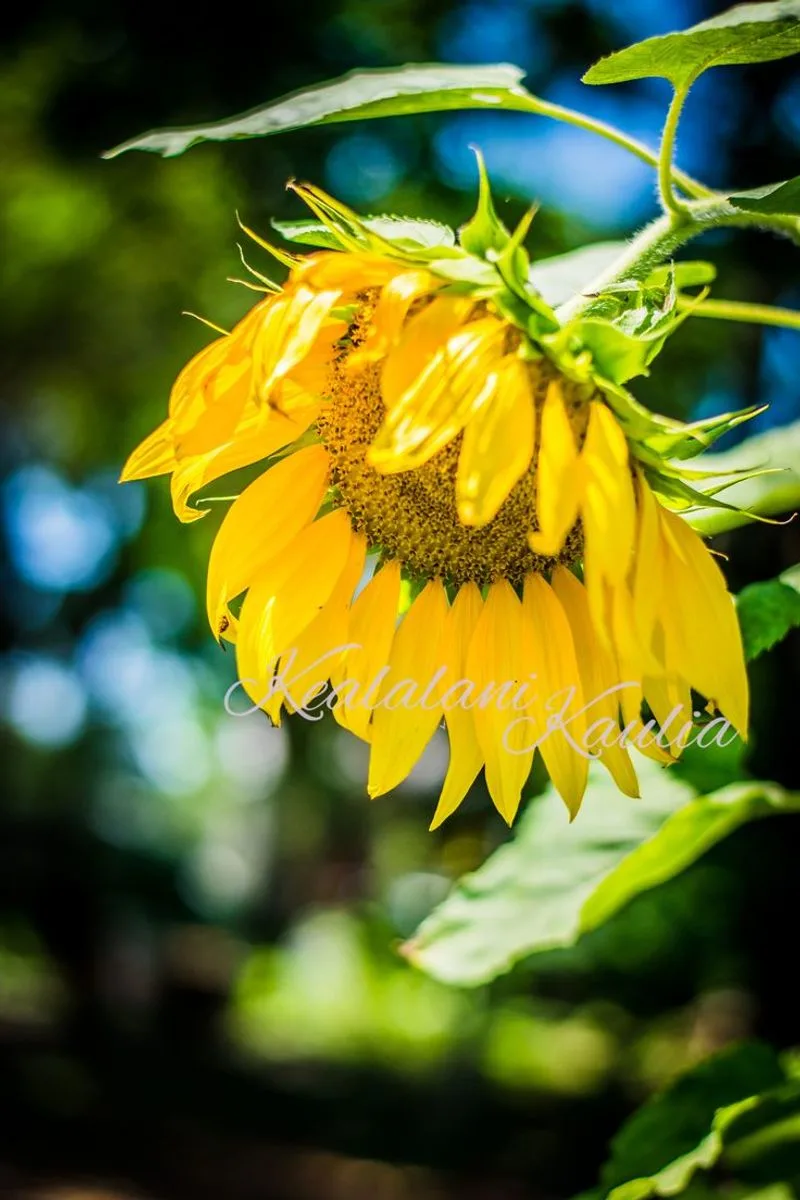
Standing tall and proud, sunflowers are a beacon for bees and other pollinators. Their large, sunny faces follow the sun across the sky, a phenomenon known as heliotropism. This movement not only maximizes their exposure to sunlight but also attracts pollinators seeking warmth. The seeds, rich in oil, are a favorite among birds, providing an additional ecological benefit. Despite their grandeur, sunflowers are easy to grow and require minimal care. Historically, sunflowers have been used for their oil and seeds, tracing back to Native American cultures. They embody resilience and sustainability in gardening.
Zinnia
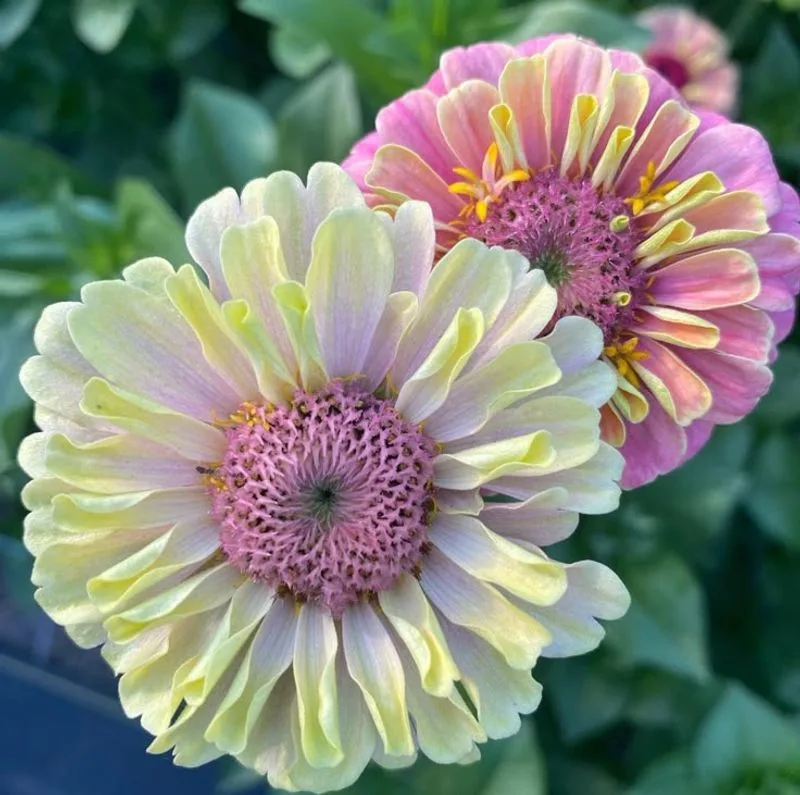
Zinnias, with their dazzling array of colors, draw butterflies and bees into the garden. Their long-lasting blooms provide a reliable nectar source throughout the growing season. Zinnias are also effective at deterring pests, especially when planted near vegetables. These annuals thrive in warm climates and well-drained soils, making them a versatile choice for various garden settings. Originally from Mexico, zinnias have a rich history and have been cultivated for their beauty and resilience. Their ability to attract pollinators while repelling pests makes them invaluable in sustainable gardening practices.
Cosmos
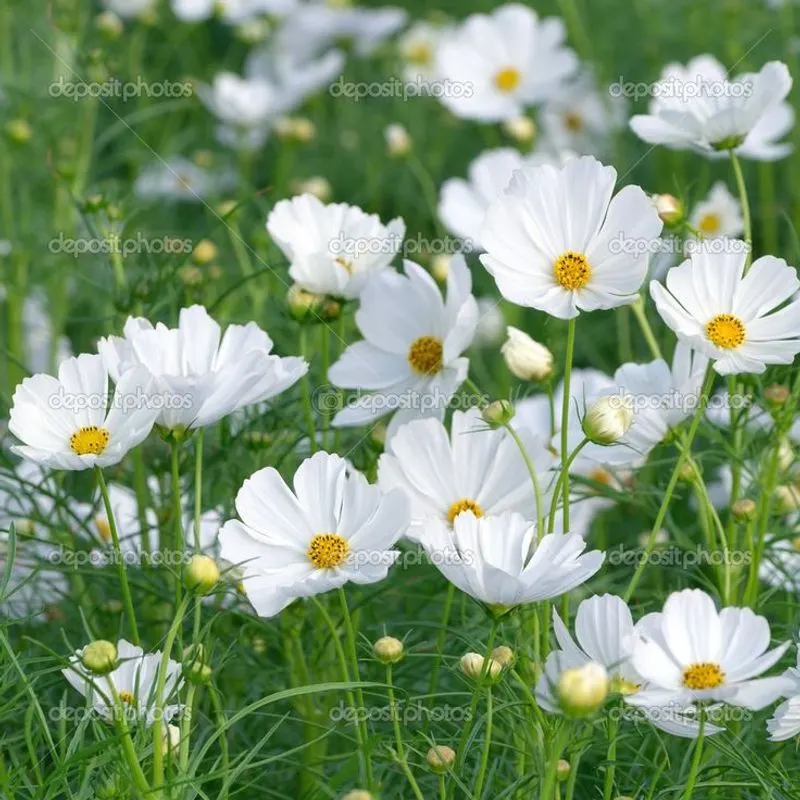
Cosmos flowers, with their light, airy blossoms, create a magical atmosphere in any garden. Their open petals make it easy for bees and butterflies to access nectar. Additionally, cosmos are known to repel aphids and other common garden pests, providing a natural pest control solution. These annuals are easy to grow from seed and thrive in both garden beds and containers. Their swaying stems and bright colors add a whimsical touch to any landscape. Historically, cosmos have been associated with peace and tranquility, reflecting their gentle beauty and beneficial garden qualities.
Borage
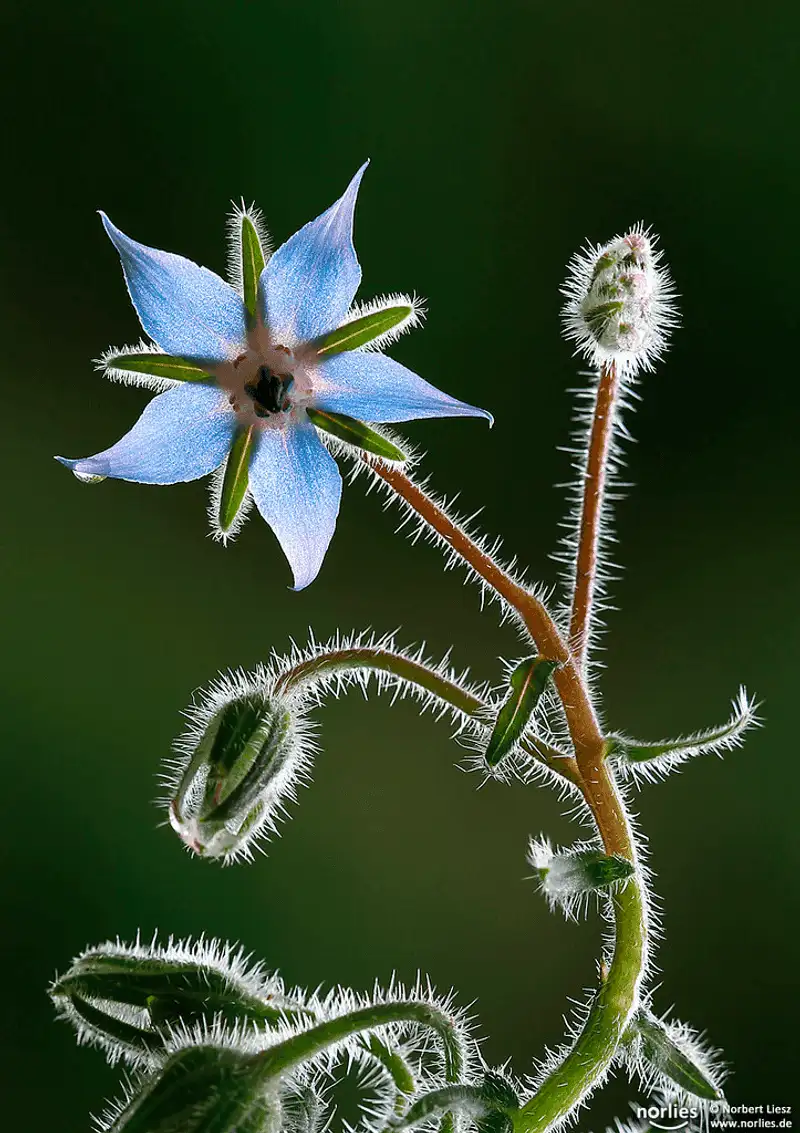
The star-shaped flowers of borage are a magnet for bees, who are drawn to the plant’s rich nectar. This herb not only supports pollinators but also deters pests such as tomato hornworms. Borage is known for its cucumber-like flavor, making it a unique addition to both gardens and kitchens. Its leaves and flowers can be used in salads and beverages. Beyond its garden benefits, borage has traditional uses in herbal medicine. Its vibrant blue flowers add striking color to garden beds. Borage thrives in sunny locations and well-drained soil, requiring little maintenance.
Nasturtium
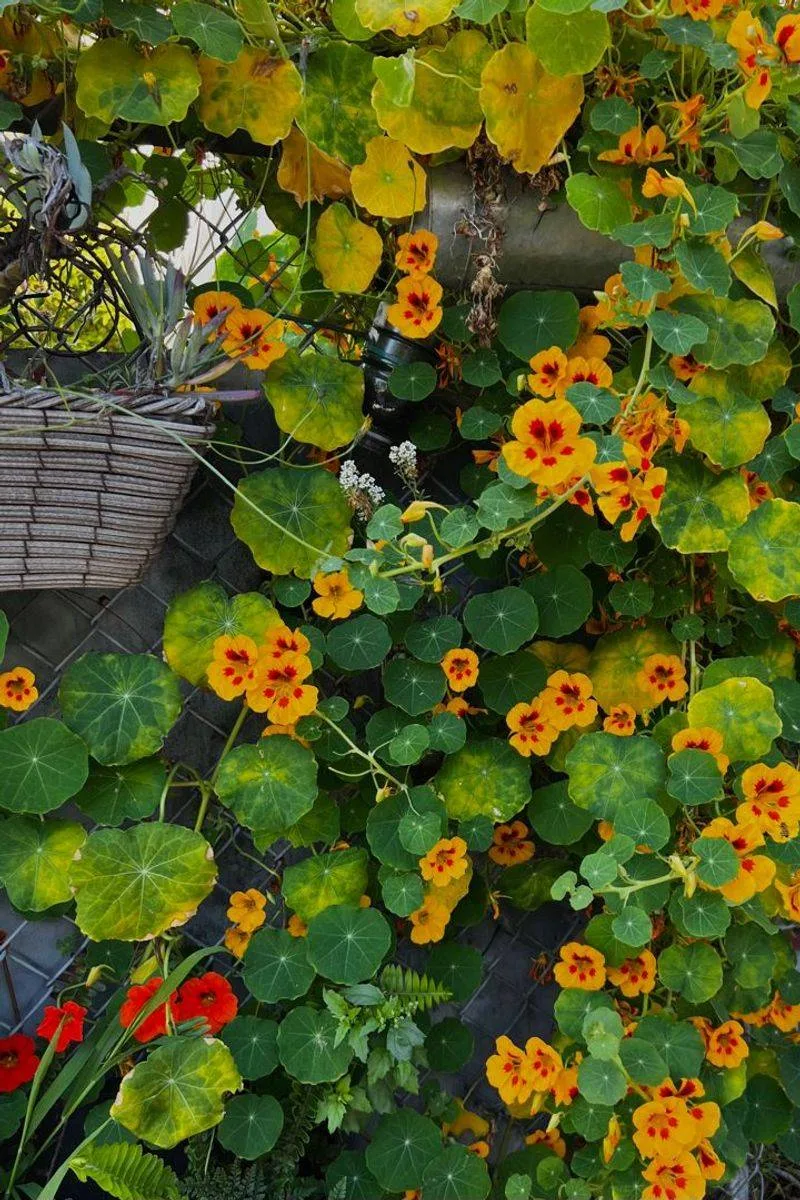
Nasturtiums bring a burst of color to gardens with their bright red and orange blooms. These flowers attract pollinators like bees while repelling aphids and whiteflies. Nasturtiums are a gardener’s friend, serving as a natural pest deterrent. Their peppery-tasting leaves and flowers are edible, adding a spicy kick to salads and dishes. Easy to grow, they thrive in poor soil conditions, making them ideal for beginner gardeners. Historically, nasturtiums have been used in both culinary and medicinal applications. Their vibrant colors and dual-purpose qualities continue to make them garden favorites.
Bee Balm

Bee balm, true to its name, is a favorite among bees and hummingbirds. Its vibrant pink and red flowers provide a rich nectar source, enhancing the biodiversity of any garden. Known for its aromatic foliage, bee balm can repel pests like mosquitoes. This perennial is easy to grow and prefers sunny spots with moist soil. Beyond its garden appeal, bee balm leaves have been traditionally used to make herbal teas. Its bright blooms add a splash of color to landscapes, attracting beneficial insects. Bee balm’s dual role in attracting pollinators and deterring pests makes it invaluable.
Echinacea

Echinacea, commonly known as coneflower, offers more than just its striking appearance. These perennials are a go-to for attracting pollinators like butterflies and bees. Echinacea has the added benefit of being deer-resistant, a boon for gardeners in rural areas. Its vibrant petals and unique cone shape make it a visually appealing addition to any garden. Historically, echinacea has been valued for its medicinal properties, particularly in immune support. The flowers flourish in a variety of soil types, requiring minimal care. Their beauty and resilience make them a beloved choice for pollinator gardens.
Catmint
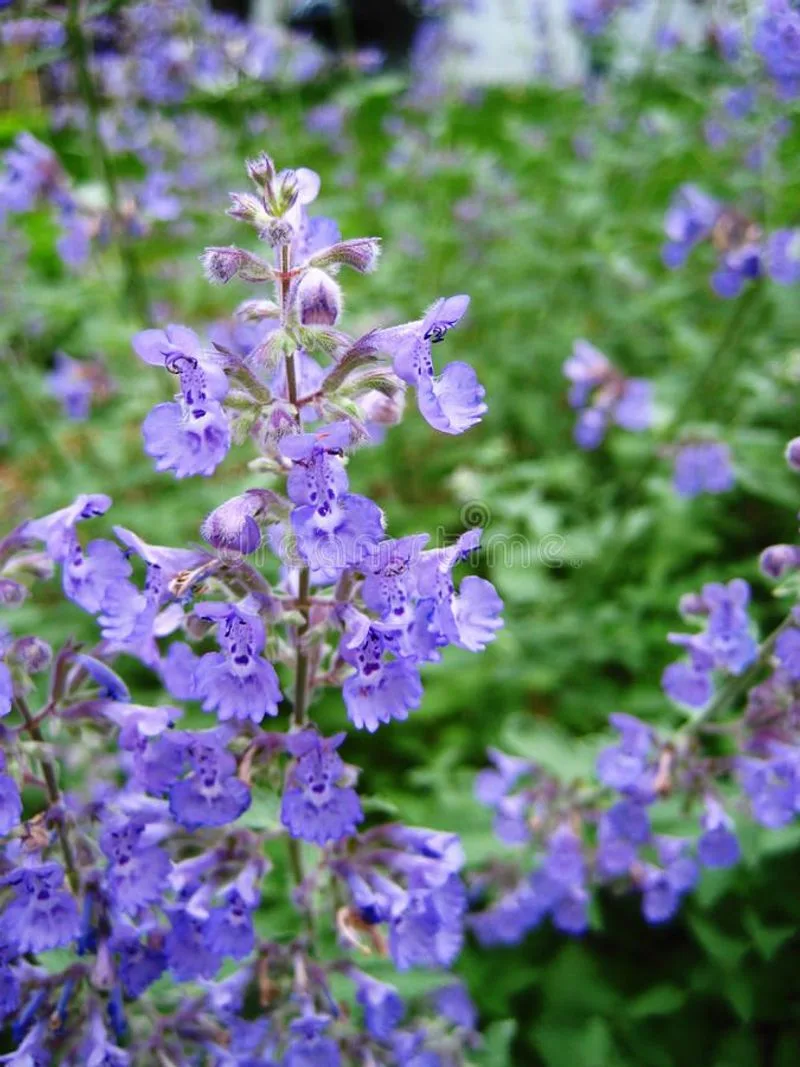
Catmint is not only a favorite among feline friends but also a magnet for pollinators. Its lavender-blue flowers attract bees and butterflies while deterring pests like aphids. This hardy perennial is drought-tolerant and can thrive in less-than-ideal soil conditions. Catmint’s aromatic foliage adds a pleasant scent to gardens, enhancing the sensory experience. Beyond its garden appeal, catmint is often used in herbal remedies. Its ability to attract beneficial insects while repelling pests makes it a versatile addition to any garden landscape. Catmint’s resilience and charm continue to win the hearts of gardeners.
Yarrow

Yarrow, with its feathery foliage and clusters of small flowers, offers a unique charm. This hardy perennial is known for attracting a variety of pollinators, including bees and butterflies. Yarrow’s aromatic qualities are effective in repelling pests, making it a natural choice for pest control. The plant thrives in poor soil conditions, requiring minimal maintenance. Historically, yarrow has been used in traditional medicine for its healing properties. Its vibrant flower clusters add texture and color to gardens. Yarrow’s dual role in supporting pollinators and deterring pests makes it a valuable garden ally.
Alyssum
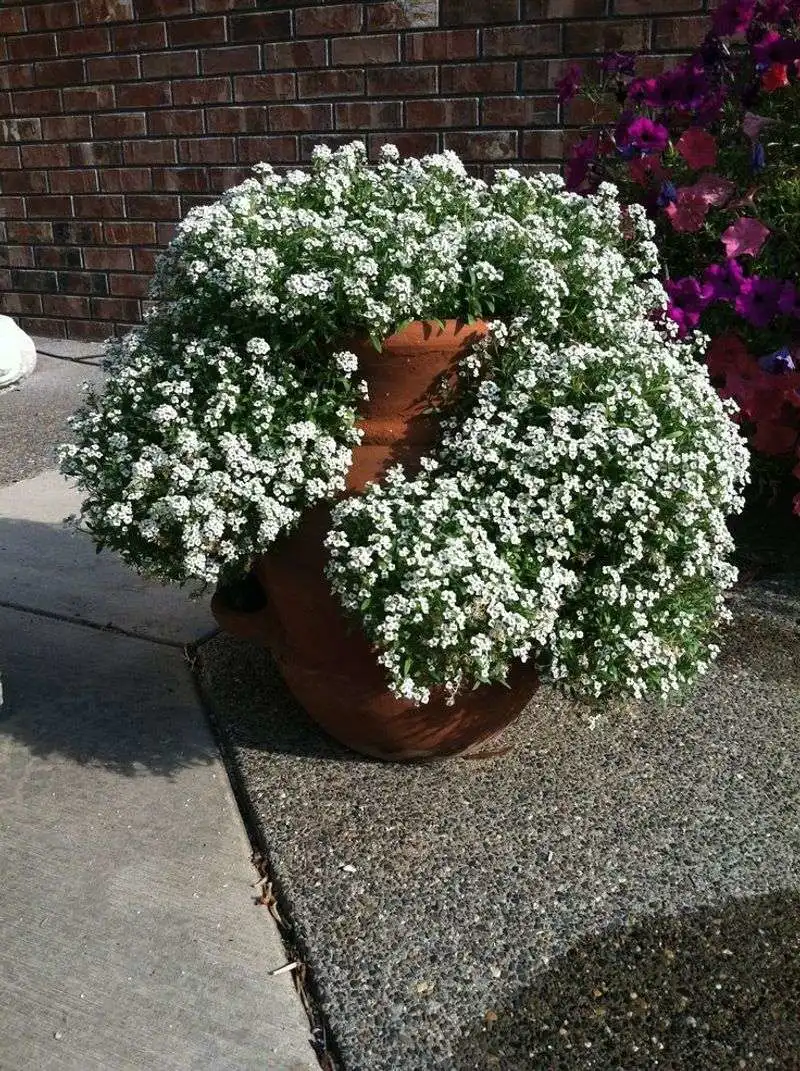
Alyssum, with its delicate clusters of tiny flowers, is a gentle giant in the world of pest control. Its sweet fragrance attracts pollinators such as bees and butterflies, while deterring harmful insects. Alyssum’s low-growing habit makes it perfect for border plantings and ground cover. This annual is easy to grow and thrives in both garden beds and containers. Beyond its practical benefits, alyssum adds a soft, romantic touch to any landscape. Historically, it has been used in traditional remedies. Its ability to attract beneficial insects while creating a fragrant carpet makes alyssum a garden treasure.

